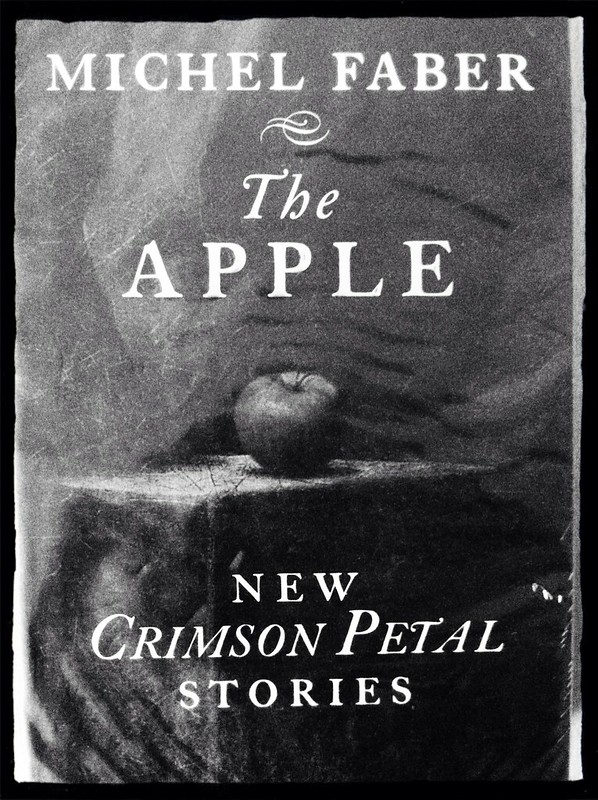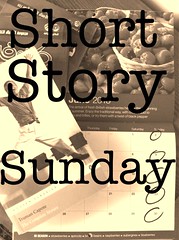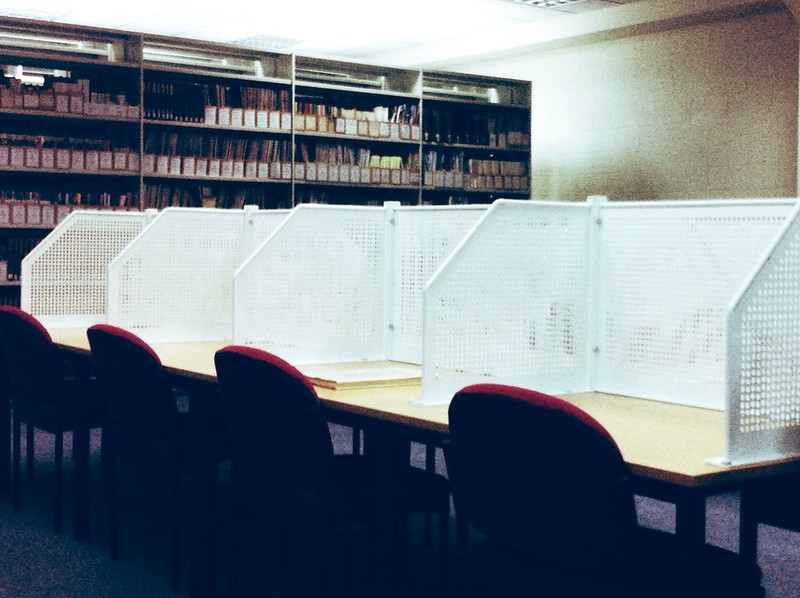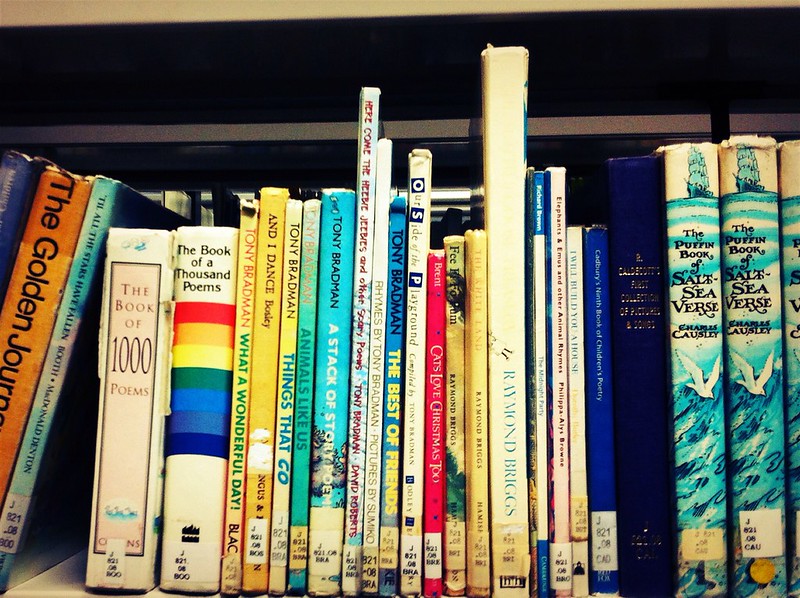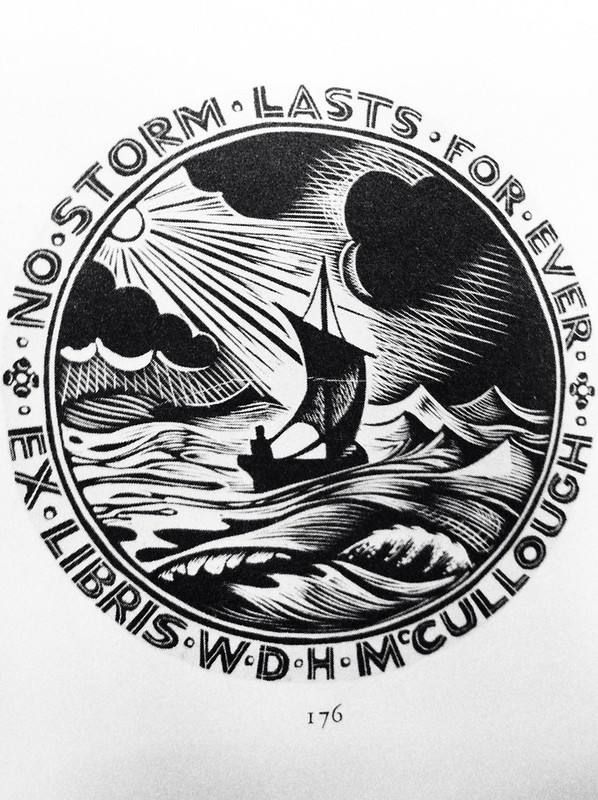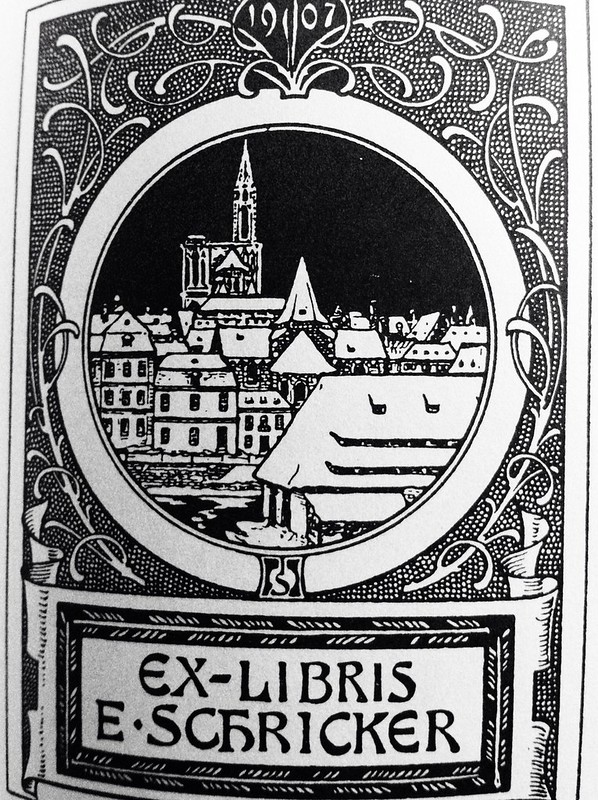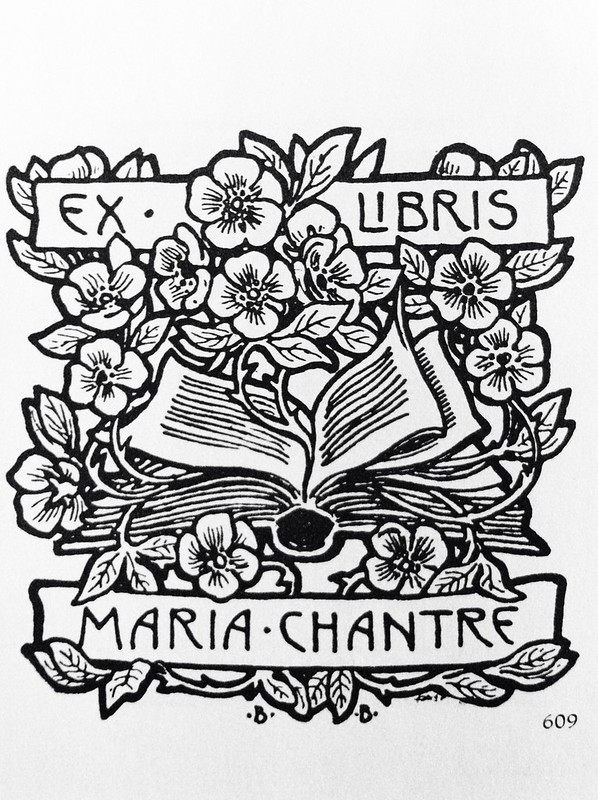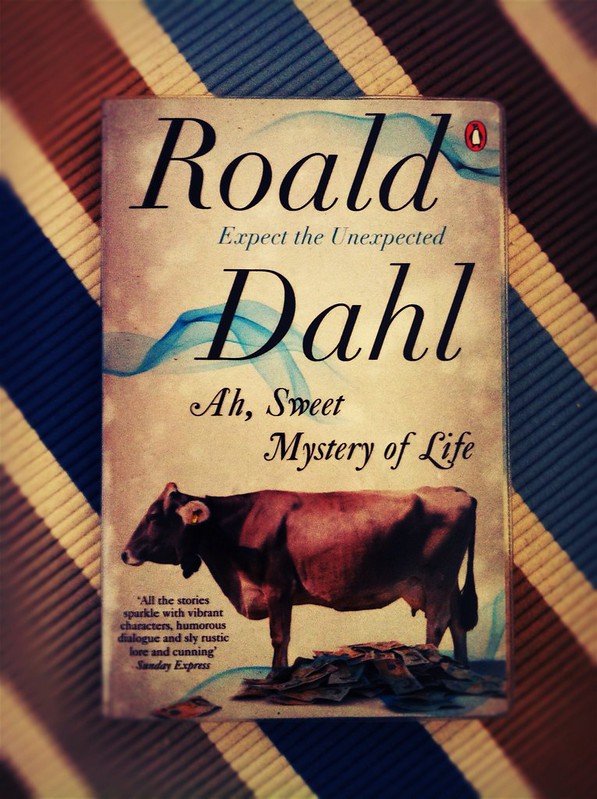The Apple - Michel Faber
Michel Faber's collection of short stories, The Apple, is subtitled Crimson Petal Stories as many of the characters that first make their appearance in Faber's novel published in 2002, The Crimson Petal and the White, reappear in this collection. I have not actually read the novel about Sugar, a young woman who works as a prostitute in Victorian London, but as the author notes in the foreword to this collection, you don't need to have read the novel to appreciate this collection, "The stories are, as stories should be, little worlds of their own."
The Apple contains seven stories in 199 pages:
- Christmas in Silver Street
- Clara and the Rat Man
- Chocolate Hearts from the New World
- The Fly, and its Effect upon Mr Bodley
- The Apple
- Medicine
- A Mighty Horde of Women in Very Big Hats, Advancing
It took me no time at all to finish reading the collection, and every story pulled me in to the action, fascinated and entertained me and impelled me to continue reading. This is not to say, however, that I liked all of the stories; some of the stories came across as unnecessarily crude and made me feel quite peculiar. I read the whole thing in two sittings, but that was more due to time constraints than anything else, as this is the sort of book that you could read in one go if you had a couple of hours free.
The two stand-out stories for me were Chocolate Hearts from the New World and A Mighty Horde of Women in Very Big Hats, Advancing. I think that the second story is probably the favourite of fans of The Crimson Petal and the White as the narrator of the story is Sophie's (the little girl from the novel) six year old son and as such constitutes a continuation of the Sugar saga as readers discover what happens to Sophie as an adult. The story follows the arrival of Sophie's family in London where they have returned after living in Australia for several years. Her son's impressions of life in England after his wild and free childhood in Australia and his comments about his bohemian parents are most amusing and although this is the longest story in the collection (64 pages) I was quite sad when it ended.
Chocolate Hearts from the New World describes a father's frustrations with and fears for his daughter Emmeline. Dr Curlew is worried that his teenage daughter will leave marriage too late as "The same physical features that made him such a distinguished looking man - tall, rangy build, aquiline nose, long face, strong jaw - were a calamitous inheritance for a girl." Despite Emmeline announcing that she does not want to get married, her father hopes that she will find a suitor when he learns that she writes to many men around the world. Most of Emmeline's letters go unanswered however, as her letters are missives on the subject of slavery and she mainly writes to cotton plantation owners in the United States urging them to turn their back on slavery and allow their hearts "to be penetrated by the love of Christ". Most of the responses she receives to her letters take the form of a rebuke,
"I will thank you to keep your ignorant and impudent babblings to yourself, said one. Has it occurred to you, Miss, said another, that the very clothes you are wearing as you pen your imperious missive may have their origins in my cotton fields?"The story of Emmeline and her father, like the other stories in this collection, is realistic, subtly-crafted and features witty dialogue.
